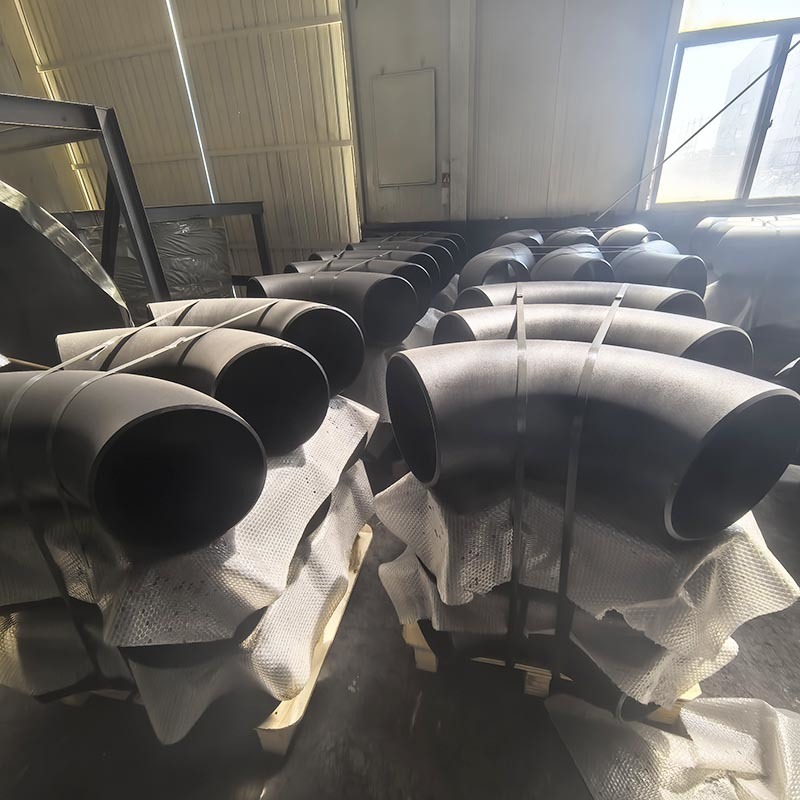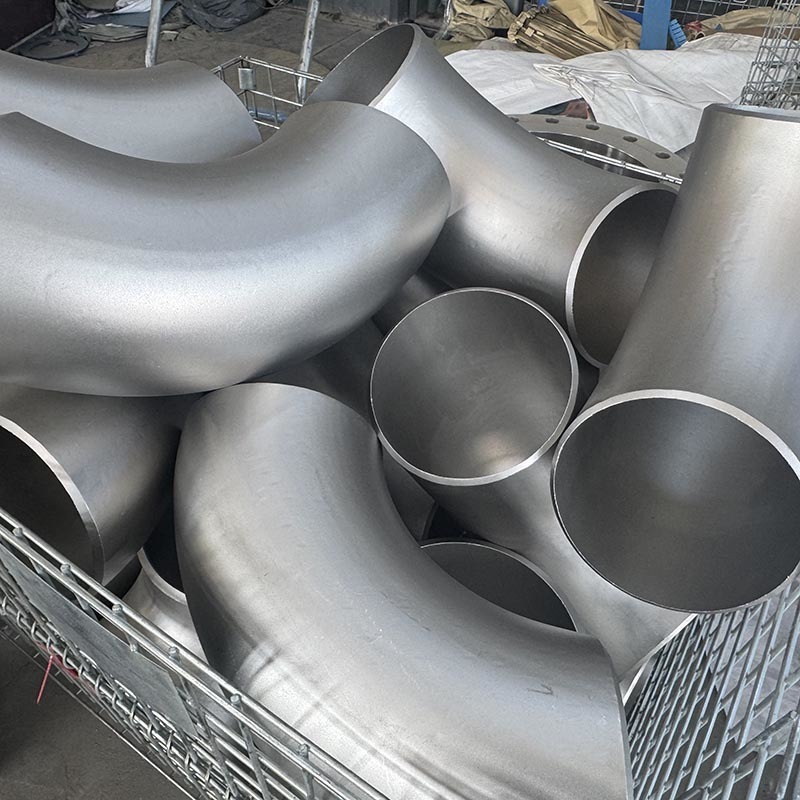Discover the Beauty of Crafts: Unveiling the Magic of Plastic Coating Inside with Epoxy Resin Outside
Discover the Beauty of Crafts: Unveiling the Magic of Plastic Coating Inside with Epoxy Resin Outside
Table of Contents
1. Introduction to Crafts and Material Selection
2. Understanding Plastic Coating in Crafting
2.1 What is Plastic Coating?
2.2 Benefits of Using Plastic Coating
3. The Role of Epoxy Resin in Crafting
3.1 What is Epoxy Resin?
3.2 Advantages of Epoxy Resin for Craft Projects
4. Com
Discover the Beauty of Crafts: Unveiling the Magic of Plastic Coating Inside with Epoxy Resin Outside
Table of Contents
1. Introduction to Crafts and Material Selection
2. Understanding Plastic Coating in Crafting
2.1 What is Plastic Coating?
2.2 Benefits of Using Plastic Coating
3. The Role of Epoxy Resin in Crafting
3.1 What is Epoxy Resin?
3.2 Advantages of Epoxy Resin for Craft Projects
4. Combining Plastic Coating and Epoxy Resin: A Perfect Match
4.1 How to Use Plastic Coating Inside
4.2 Applying Epoxy Resin for an Impressive Finish
5. Creative Ideas for Crafts with Plastic Coating and Epoxy Resin
5.1 Home Decor Projects
5.2 Jewelry Making
5.3 Functional Items and More
6. Common Mistakes to Avoid
7. Frequently Asked Questions (FAQs)
8. Conclusion
1. Introduction to Crafts and Material Selection
Crafting is an age-old practice that combines creativity with functionality. As we delve into the various materials available for artisans today, **plastic coatings** and **epoxy resins** stand out for their versatility and durability. This article aims to guide you through how to effectively use these materials in your craft projects, enhancing both their aesthetic appeal and their longevity.
2. Understanding Plastic Coating in Crafting
Plastic coating has become increasingly popular in the crafting community due to its protective qualities and aesthetic appeal.
2.1 What is Plastic Coating?
Plastic coating involves applying a layer of plastic to an object to enhance its durability, provide a smoother finish, and protect it from environmental damage. This process can be applied to various materials, making it a versatile option for many crafting scenarios.
2.2 Benefits of Using Plastic Coating
The benefits of plastic coating in crafts include:
- **Enhanced Durability**: Plastic provides a robust shield against scratches and wear.
- **Weather Resistance**: Items coated with plastic can better withstand moisture and sunlight, making them suitable for outdoor use.
- **Versatile Finishing**: Plastic coatings come in various colors and finishes, allowing for more creative freedom.
3. The Role of Epoxy Resin in Crafting
Epoxy resin is another crucial material that brings a unique quality to the crafting realm.
3.1 What is Epoxy Resin?
Epoxy resin is a type of synthetic resin known for its strong adhesive properties and resistance to chemicals and environmental factors. When mixed with a hardener, it forms a durable and glossy finish that is difficult to replicate with other materials.
3.2 Advantages of Epoxy Resin for Craft Projects
Utilizing epoxy resin in your crafts provides several advantages:
- **High Gloss Finish**: Epoxy resin offers a sleek, glass-like finish that enhances the beauty of any project.
- **Superior Adhesion**: It bonds well with various materials, including wood, metal, and plastics.
- **Versatile Applications**: From tabletop coatings to jewelry making, epoxy resin can elevate numerous craft projects.
4. Combining Plastic Coating and Epoxy Resin: A Perfect Match
The combination of plastic coating and epoxy resin can yield stunning results.
4.1 How to Use Plastic Coating Inside
To maximize the effectiveness of plastic coating, follow these steps:
1. **Prepare Your Surface**: Ensure the item is clean and free of dust.
2. **Apply the Plastic Coating**: Use a brush or spray to evenly coat the inside of your item, allowing it to dry completely.
3. **Inspect for Coverage**: Check for any missed spots and apply additional layers if necessary.
4.2 Applying Epoxy Resin for an Impressive Finish
Once the plastic coating is set, it’s time to apply the epoxy resin:
1. **Mix the Epoxy Resin**: Follow the manufacturer’s instructions for the correct ratio of resin to hardener.
2. **Pour and Spread**: Pour the mixed epoxy over the coated surface and use a spatula or brush to spread it evenly.
3. **Remove Air Bubbles**: Use a heat gun or torch to pop any bubbles that may form, ensuring a smooth finish.
4. **Cure Time**: Allow the epoxy to cure as per the instructions before handling the item.
5. Creative Ideas for Crafts with Plastic Coating and Epoxy Resin
Now that you understand the materials, let’s explore some innovative crafting ideas.
5.1 Home Decor Projects
Create stunning home decor items such as coasters, trays, or wall art using plastic-coated bases and epoxy finishes to bring a glossy, modern touch to your living space.
5.2 Jewelry Making
Design unique pieces of jewelry by embedding items in epoxy resin and finishing them with a plastic coating. The result is a beautiful accessory that is both durable and eye-catching.
5.3 Functional Items and More
Craft functional items like keychains or phone cases. The protective qualities of the plastic coating combined with the visual appeal of epoxy resin will make your creations not only useful but also aesthetically pleasing.
6. Common Mistakes to Avoid
While working with plastic coatings and epoxy resin, avoid these common pitfalls:
- **Skipping Surface Preparation**: Failing to clean and prepare surfaces can lead to poor adhesion.
- **Incorrect Mixing Ratios**: Always follow the manufacturer’s instructions for mixing resin and hardener to ensure proper curing.
- **Not Allowing Proper Curing Time**: Rushing the curing process can compromise the durability of your finished product.
7. Frequently Asked Questions (FAQs)
**Q1: Can I use plastic coating on any material?**
A1: While plastic coatings work well on a variety of surfaces, it’s essential to check compatibility with specific materials for the best results.
**Q2: How long does epoxy resin take to cure?**
A2: Cure times can vary, but most epoxy resins require 24 to 72 hours to fully set, depending on the product and environmental conditions.
**Q3: Can I paint over epoxy resin?**
A3: Yes, you can paint over cured epoxy resin, but it is advisable to sand the surface lightly for better adhesion.
**Q4: Is plastic coating safe for food items?**
A4: Not all plastic coatings are food safe. Ensure you select products specifically labeled for food contact.
**Q5: Can I use colored epoxy resin?**
A5: Absolutely! You can add pigments or dyes to epoxy resin to achieve desired colors and effects in your crafts.
8. Conclusion
Crafting with plastic coatings and epoxy resin opens a world of possibilities for both novice and experienced artisans. By understanding the unique qualities of each material and how they complement one another, you can create stunning, durable pieces that are sure to impress. Whether you're making home decor, jewelry, or functional items, the combination of these materials will enhance both the beauty and longevity of your crafts. Embrace your creativity and start exploring the endless potential of plastic and resin in your crafting adventures!
Key words:
PREVIOUS:













